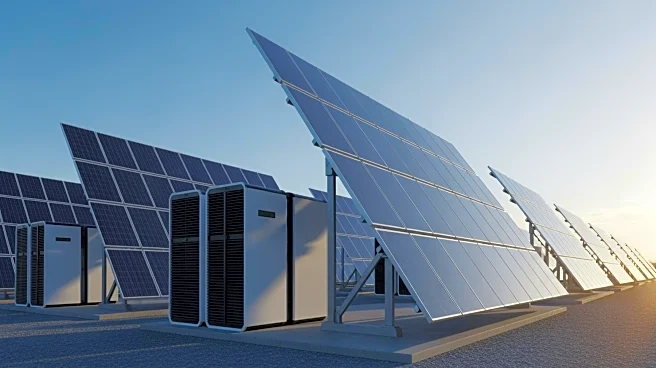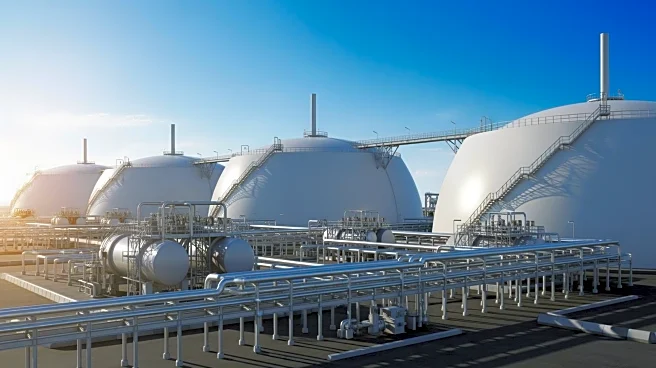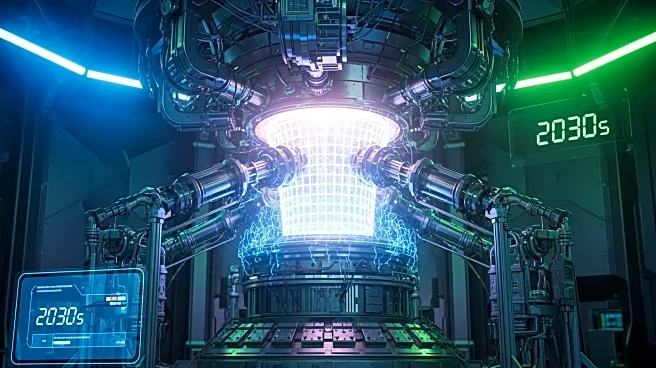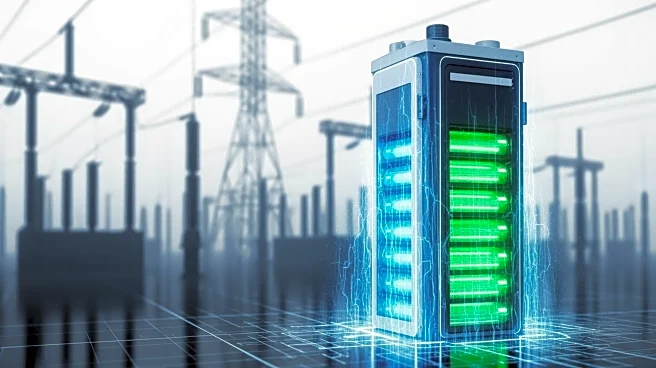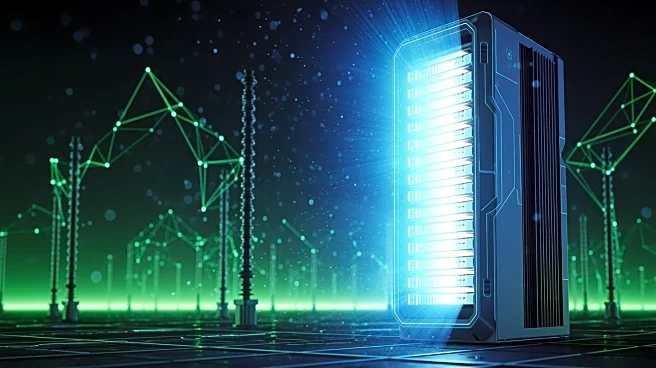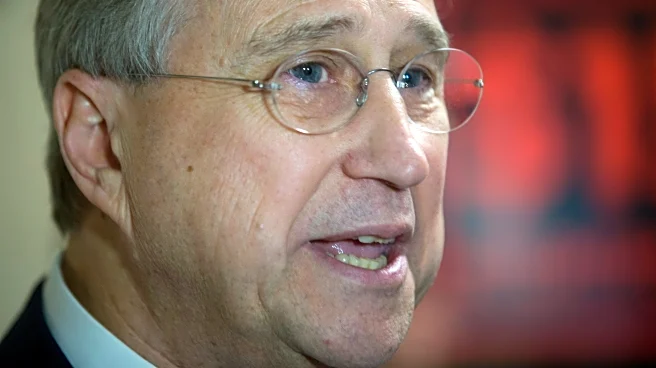What's Happening?
Fluence Energy, Inc. and Torch Clean Energy have announced the development of the Winchester project, a solar-plus-storage facility in Cochise County, Arizona. The project will feature a 160 MW solar power
capacity and a 640 MWh battery storage system, utilizing Fluence's Gridstack Pro 5000 technology. The facility is expected to be operational by early 2027. The solar component of the project is designed to provide electricity for up to 26,880 homes when sunlight conditions are optimal. The project aims to support grid balancing, accommodate forecasted load growth, and contribute to economic development and infrastructure investment in the region.
Why It's Important?
The Winchester project represents a significant advancement in renewable energy infrastructure, aligning with federal energy storage tax credit provisions under the One Big Beautiful Bill Act (OBBBA). These provisions underscore the importance of battery storage in enhancing grid reliability and supporting U.S. energy security. By integrating solar power with advanced battery storage, the project not only addresses immediate energy needs but also positions Cochise County as a leader in sustainable energy solutions. The initiative is expected to stimulate local economic growth and infrastructure development, benefiting the community and setting a precedent for similar projects nationwide.
What's Next?
As the project progresses towards its 2027 completion date, stakeholders will likely focus on securing necessary permits and finalizing construction plans. The involvement of Fluence and Torch Clean Energy suggests potential collaborations with local government and utility companies to ensure seamless integration into the existing grid. Additionally, the project may attract further investment in renewable energy initiatives, bolstering Arizona's reputation as a hub for clean energy innovation.
Beyond the Headlines
The Winchester project highlights the growing trend of integrating renewable energy sources with advanced storage solutions to create more resilient and sustainable power systems. This approach not only addresses current energy demands but also mitigates the impact of future energy crises. The project's success could influence policy decisions and encourage the adoption of similar models across the U.S., promoting a shift towards a more sustainable energy landscape.
